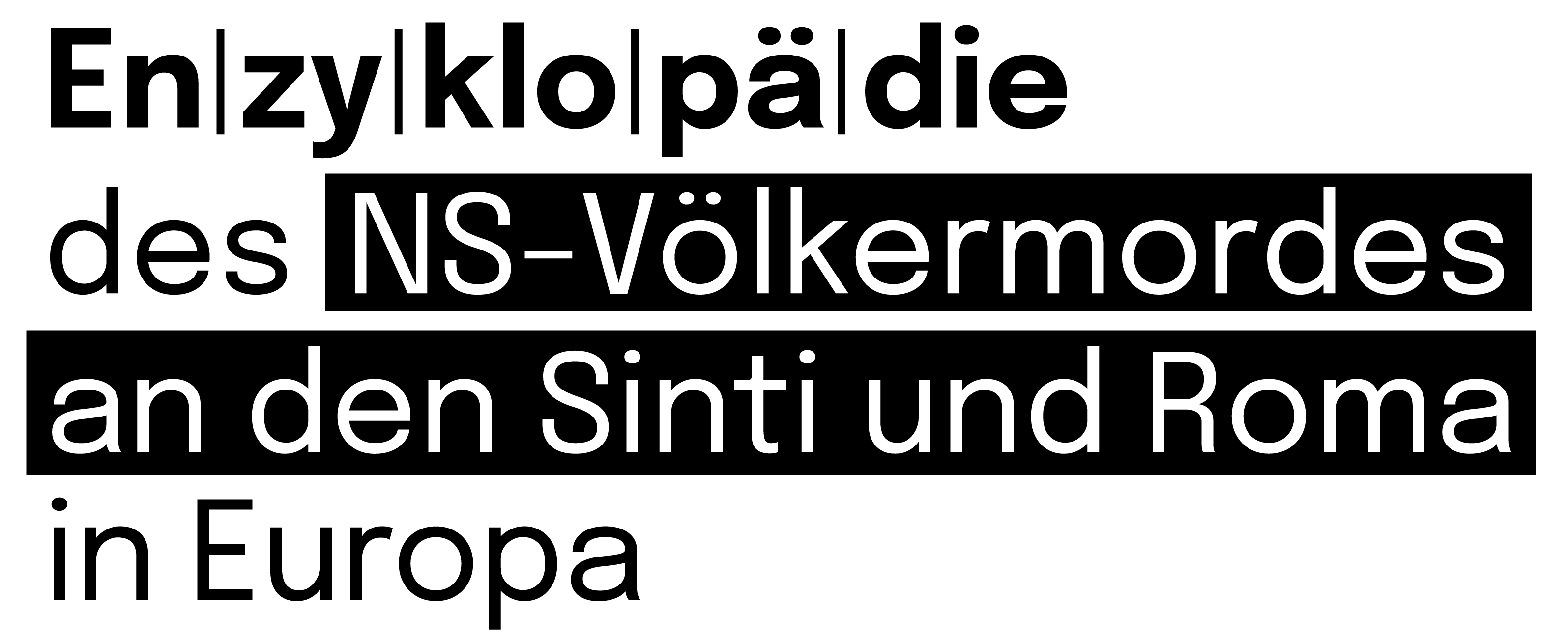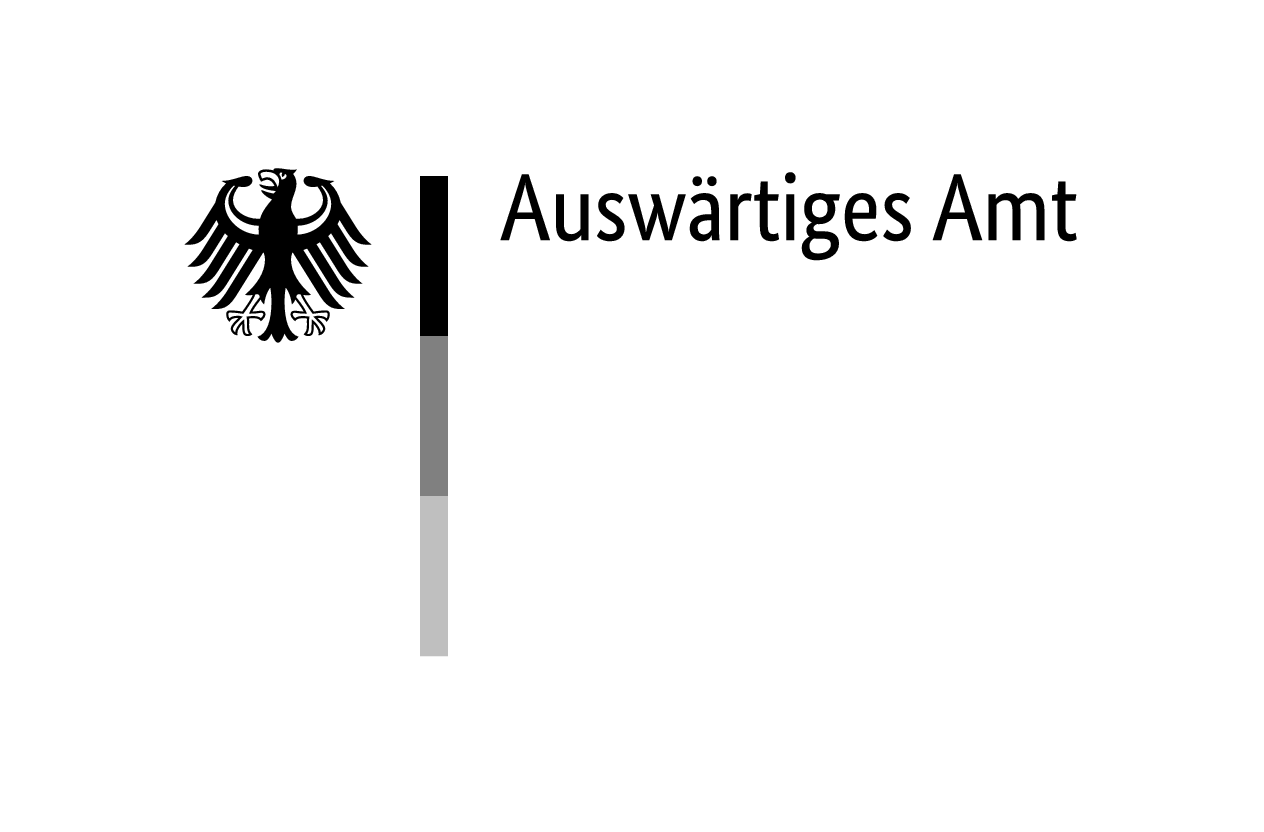The Agreement between Germany, the United Kingdom, France and Italy, reached in Munich on 29 September 1938, allowed Germany to annex the mainly German speaking borderlands of Czechoslovakia. The agreement marked the beginning of the disintegration of the Czechoslovak Republic, whose dissolution had been one of the first goals of National Socialist expansionist policy in Europe since 1937. Ostensibly, the agreement was intended to end the so-called Sudetenland crisis, which had become acute since the spring of 1938 as a result of the deliberate escalation of conflicts between the Sudeten German minority and the Czechoslovak government by the Sudeten German Party on behalf of the German Reich. By agreeing to the demands of Germany, the United Kingdom and France hoped to prevent a new war in Europe.
Inspired by Germany’s foreign policy successes, other neighbouring countries of Czechoslovakia made demands for the revision of the borders established after World War I. Poland had already declared before the Munich Agreement that it wanted to apply the same principles implemented in the Sudeten area to the area south of the Olsa river in Silesia annexed by Czechoslovakia in 1920. Poland was not invited to the Munich Conference, but immediately after the signing of the Munich Agreement it issued an ultimatum demanding the return of this territory, to which the government in Prague acceded.
An addendum to the Munich Agreement included the commitment to resolve conflicts over the Hungarian-Czechoslovak border as well. The so-called Vienna Arbitration that followed led to the First Vienna Award of 2 November 1938, which forced Czechoslovakia to hand over further areas of the Slovak part of the country to Hungary. This in turn made it easier for the radical wing of the Slovak People’s Party to challenge the agreement reached on 22 November 1938 on the existence of Slovakia as an autonomous part of the now hyphenated Czecho-Slovakia and, with the support of the National Socialists, to proclaim the independent Slovak state on 14 March 1939.




